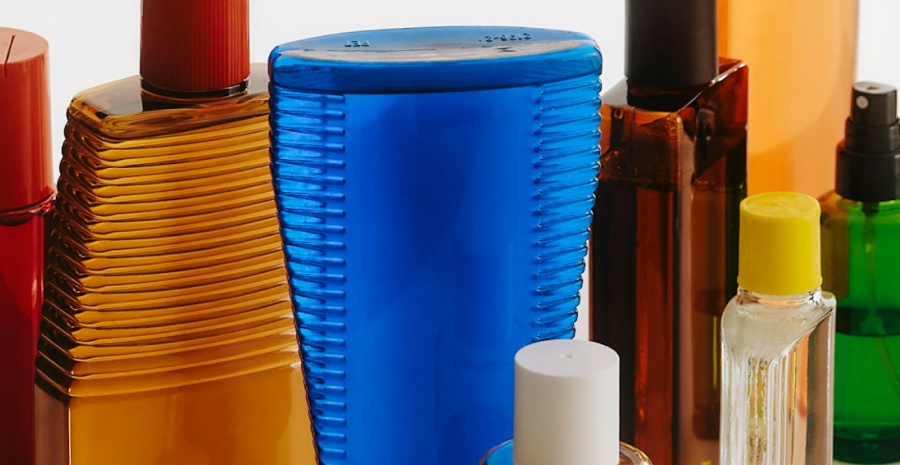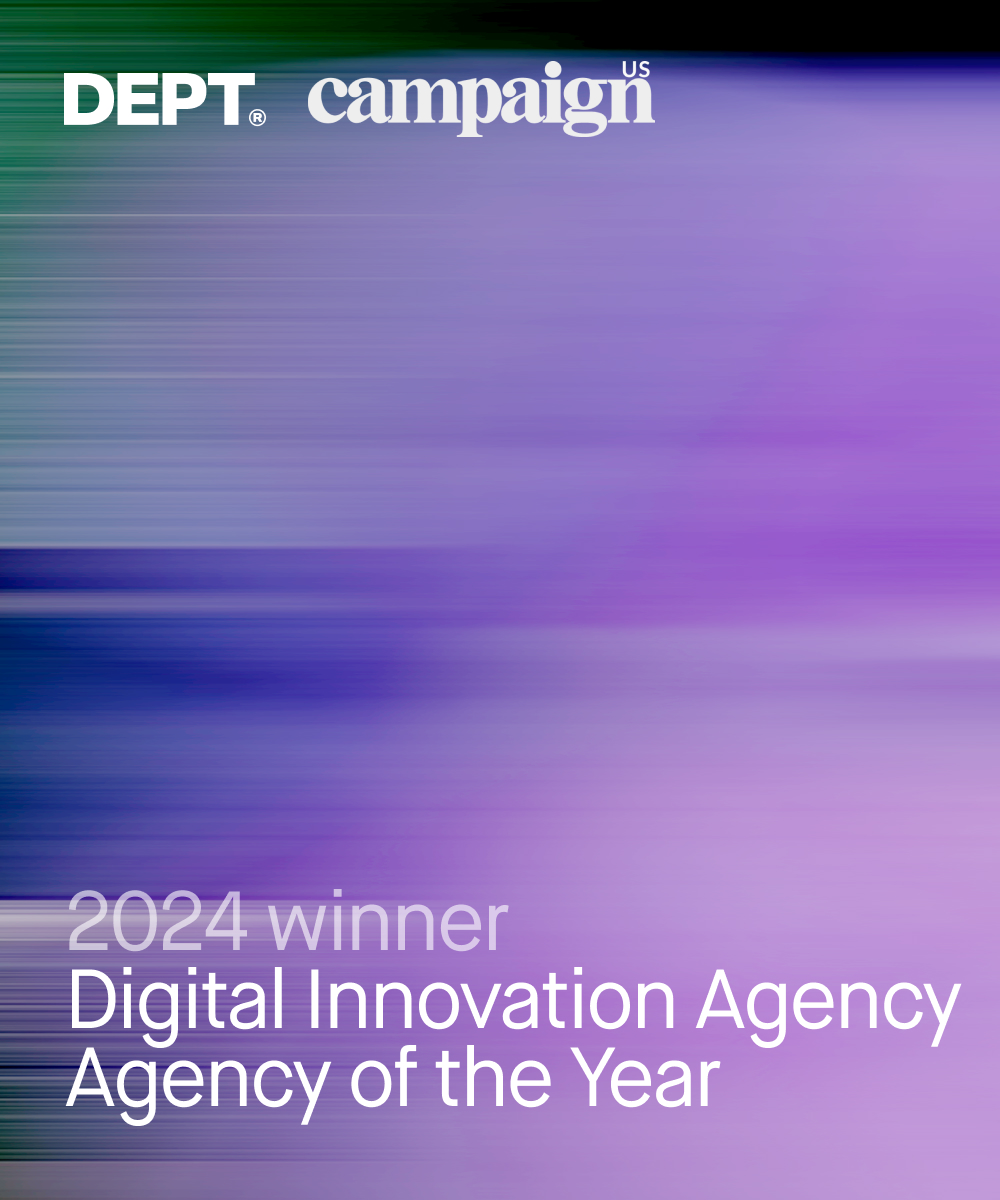Overview
Retail is undergoing a major transformation, driven by consumers expecting more transparent and flexible payment options. Klarna has entered the buying market at the right time, catering to the change in buying behaviour and unleashing new opportunities for brands to evolve their online service offering.
More Insights?
View all InsightsIn a recent report, What Should Ads Look Like in the Time of Recession?, the question was asked, “are people responding to ads differently?” during the coronavirus crisis. The report looked to establish the mood of the nation, whether opinions have pivoted and, if so, how? To understand what kind of ads are connecting with consumers, the report compilers looked at their ad-testing data and found that there has been no reduction in advertising’s ability to connect with audiences, but there are better performing approaches than others. So what approach should your brand take to its current advertising?
Marketing based around fluent, recognisable brand characters and familiar setups are performing well. Obvious examples include long standing campaigns like Compare The Market’s meerkat, and Go Compare’s Gio Compario. Also think about familiar brand devices, like Tesco’s ‘Food love stories’ and the black and cream design in every Guinness ad. These brand devices naturally lend themselves to agile work, as the setup is already well established; a proof-point of a long term, brand building strategy.
The report found that three ad topics were connecting more in recent weeks: togetherness, community and place, and nostalgia. The issue is, that this approach is obvious. It’s obvious enough to have spawned an entire genre of advertising during the lockdown period. Nicely compiled in this video and torn apart in Mark Ritson’s most recent column, the combination of a blatant ‘togetherness’ approach and reliance on filmed-at-home content has caused collective amnesia around the importance of ensuring the brand stands out from the crowd.
Togetherness is nothing new
This situation should feel familiar. Since 2016, ‘togetherness’ has been a central plank of hundreds of brand propositions. Most people point to the divisive elections on both sides of the Atlantic, and the explosion of social media bickering, but it was equally spurred on by the world of entertainment. On-demand TV has changed the idea of a collective viewing experience. The biggest summer blockbusters were all part of one superhero narrative. The best selling video games were almost exclusively built around online multiplayer.
Plenty of brands hopped on the trend, Heineken, McCains and Nike each explored the idea of togetherness in different ways. Brands and products that bring people together around a shared love, experience or place. It’s such a common approach that meta-advertising developed around it, in the form of Oasis’s ‘Refreshing’ campaign.
What’s also important to note, is how central digital marketing was to a number of these campaigns. Too often, marketers see digital as a sales first channel, not equipped to support brand building campaigns. Look back to the examples – Heineken’s ‘Worlds apart’ video was around 3 minutes (depending on the edition), designed for viewing on YouTube and social media, rather than TV. Nike’s ‘Nothing Beats a Londoner’ generated so much buzz through social media shares and by being a high density online video, allowing viewers to rewind and rewatch to spot the different sports and grime star cameos.
What’s not working right now
Before getting into how your brand should can implement the report’s insights, we first need to consider which marketing approaches are not currently working.
Hard sell tactics are underperforming, as are overly product-focused ads and competitive branding. This is a time for brand building, not aggressive selling. Not only are sales activations not landing, well established brands typically recover faster when the economy enters a recovery period.
The brands who focus on transactional relationships will have to work much harder to keep consumers interested.
Fame, feeling and fluency
There are two words that are central to making this brand building period a success: look and feel. While many brands will be approaching the situation from a similar tone, perhaps even a similar execution, the brand’s look and feel is what sets it apart.
In terms of what a look and feel aims to achieve, the three key metrics are fame, fluency and feeling. Many marketers will already be familiar with the concept:
- Fame: does the brand easily come to mind?
- Feeling: do you feel good about buying it?
- Fluency: are the key assets easily recognisable as being from your brand?
Targeting fame results in brand recall. The brand imagery is remembered, as is the proposition. Everyone wants to be top of mind when the customer gets close to finalising a purchase; great fame campaigns centre on these moments. The most obvious fame devices are brand characters that hammer home a name that pops into the potential customer’s head when they go to Google “insurance”. But there are far more options available here.
This is where fluency is important. Do customers instantly recognise your brand assets the second they see them?
Think of each touchpoint and how your business is involved at that stage. Each of the new challenger banks have designed an easily identifiable card that stands out at any contactless moment. Monzo’s coral pink, Starling’s pastel green, Revolut’s blue and purple gradient. These are images of the brand that non-users start to recognise when they see others paying for products.
Consider every touchpoint
In the online space, look to touchpoints like messaging, online checkouts and shareable content. In the past few years, Sainsbury’s have systematically turned each of their recent campaigns into GIFs that follow their “monochrome plus orange” design. Each GIF is tagged around mealtimes or food-based events, aiming to reach hungry households that are discussing what they should have for tea on WhatsApp. Klarna’s pastel pink digital videos prep the potential customer for recall when they reach the online checkout and look down the overwhelmingly blue and white list of payment options.
Going back to the montage of identikit pandemic ads, there is clearly work to be done on establishing a DIY-footage look. The irony is, that for the past ten years video based social media sites and YouTube users have pretty comprehensively explored this challenge through custom filters, DIY filming techniques and animation. For example, on YouTube, two different history-based videos can end up with this scattershot lo-fi style and this irreverent animation. There are plenty of TikTok and Instagram users putting out dance based videos, but Donté Colley stands out through his unique emoji based look.
Finally, feeling. What about the brand, product or service makes the customer feel good? Safety and reliability are major drivers now, hence the success of advertising that focuses on brand heritage and years of successful service.
Focusing on this emotive side leads consumers to focus on their brand preference, rather than comparing the various product benefits. For anyone looking for deeper insight on branding and consumer demand, check out our new download, The Secrets of Consumer Demand.
As made clear by Mark Ritson in the earlier mentioned article, brands shouldn’t throw out every pre-crisis campaign. While certain campaigns will not work due to their content or the mood of the piece, brands should be looking to use existing work rather than struggle to create new content.
Recycle old campaigns
Seeing as brand consistency is a key aim, think of how older assets can be recycled across new campaigns. Pre-pandemic, BMW created a reseller campaign that only used older campaign footage, retooled around the pre-owned market. Budweiser recently brought back their ‘Whassup’ campaign, rerecording parts of the dialogue to mention the quarantine but keeping the original footage. Not only does this solve the challenge of recording footage on lockdown, it also trades heavily in nostalgia, a trope that is connecting well with consumers.
Rather than throwing out campaigns, look through past brand comms for inspiration, what can be upcycled, and what are the ongoing brand assets that build fame over the coming months. Creating theses memory cues sets up your business for the future, not just for the recovery period, but also for the years that follow.
More Insights?
View all InsightsQuestions?
Executive Creative Director






